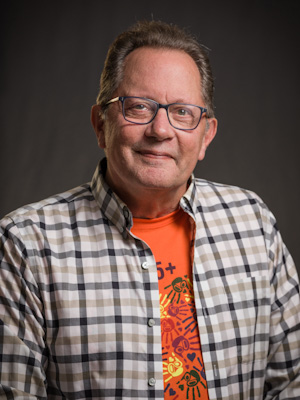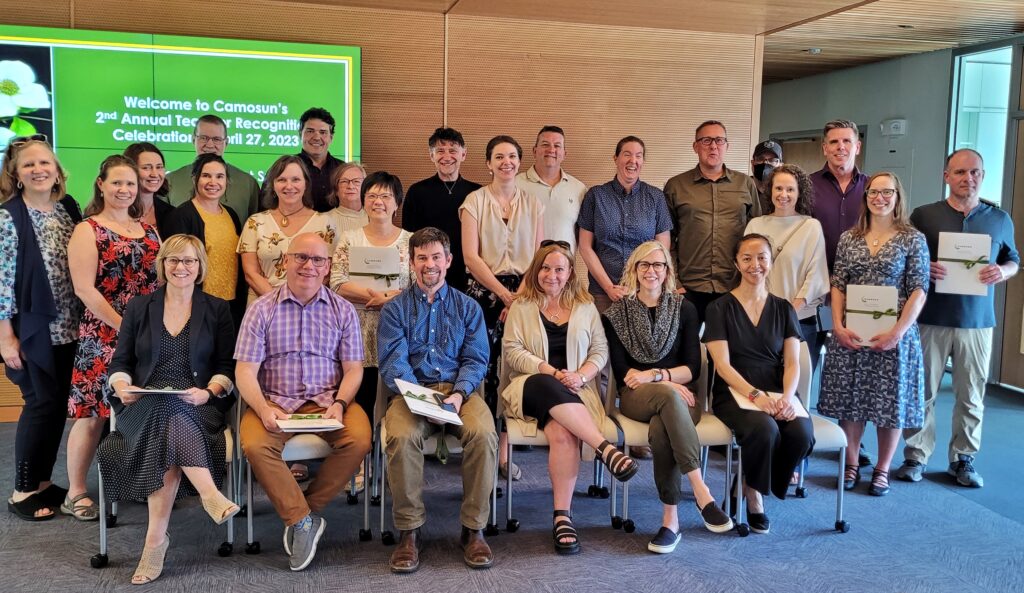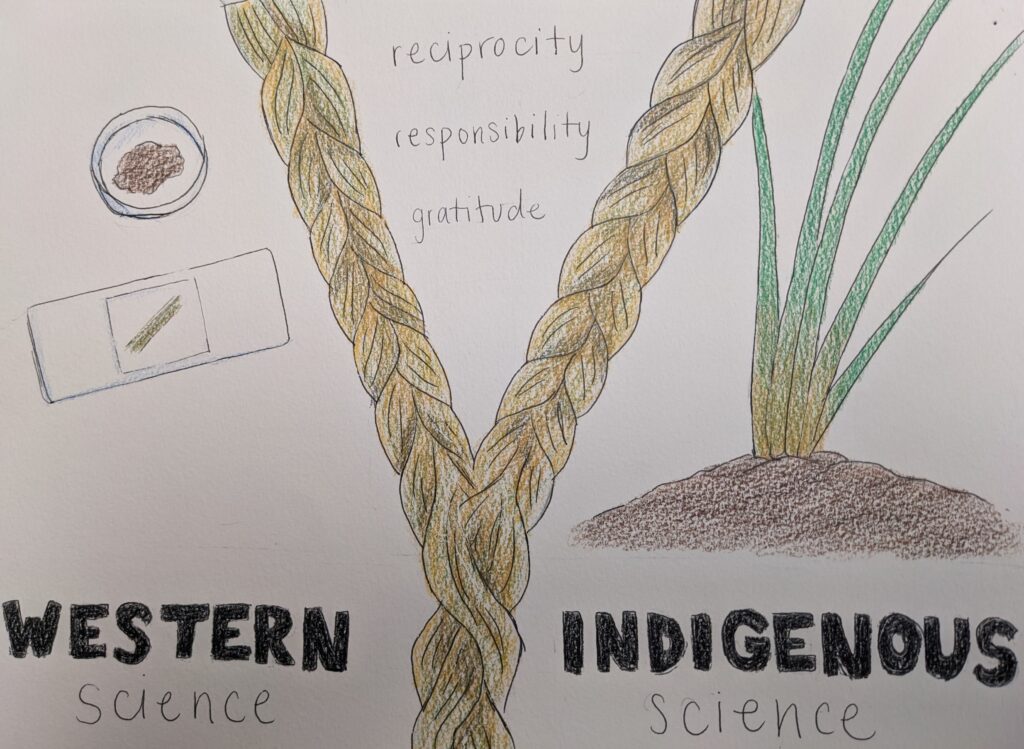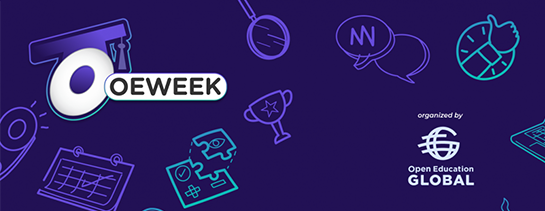Pei Mei is an instructor in the English Language Development (ELD) program and has been teaching at Camosun since 1993 at the former Carey Road campus. She was also one of 28 faculty members to receive a Teacher Recognition award this year.
I asked Pei Mei about her journey to becoming an ELD instructor. “I came from Singapore and, with my dad’s guidance, decided to become trained as an elementary school teacher.” After two years of training, Pei Mei says, “some of my fellow students and I talked about going overseas to get a university education and we promised each other one we would ask our parents. I did some research on costs, and surprisingly, despite being middle income earners, my parents said “yes”. I decided to come to Canada, to UVic, where I completed an English and Linguistics degree.” Pei Mei then took a break from school, but she wanted to stay in Canada. “I wanted to get my feet into teaching, but teaching alone would not get me permanent residency.” So, while Pei Mei taught at Camosun, she also enrolled in the Culinary Arts program and, after 18 months, became a chef. Acquiring this status did the trick to obtaining PR. Ten years later, Pei Mei decided to go back to school, completing her Master of Education, Curriculum and Instruction in 2006, and since then has been at Camosun, both teaching and serving in the role of co-Chair of ELD. 30 years after coming to Canada, Pei Mei (like many of us) wonders where the time has gone. “You get into the groove of your work and time just goes on.”
I asked Pei Mei what she enjoys about teaching English as a second, or additional, language. “I’ve met thousands of students and I’ve heard so many stories. Mostly they’re similar stories – they’ve come here for a better life, either by choice or not. But even if many of the circumstances are similar, the personal stories are different. I’ve also met a lot of fascinating people at the college, with my coworkers at the top of that list.”
Of course, the last three years threw a wrench into Pei Mei’s teaching world, as it did for so many. “When everything shut down, it threw us into panic mode, and I think I was the least tech savvy of everyone. Teaching online for me seemed like a huge stretch, and it took me a very long time in comparison to my coworkers to learn how to do it. I felt very sorry for my students who were in my class at the time we moved online. Thankfully, we had people in the department who were very adept at technical things, and while I couldn’t always understand what they were talking about, I had to learn and got individual tutoring from my coworkers – not that any of them could afford the time.” Essentially, for me it was learn and understand later! Pei Mei was one of four or five ELD instructors who chose to work from campus during the shutdown. “We had our own offices so keeping our distance from one another was easy. We had to get cameras, learn how to use the Elmo, learn to use Collaborate. We had to help the students learn how to get online – it was frenetic! But we got through that first day (yes, that was just day one.)” Pei Mei and her fellow faculty looked out for one another during that time. “It was such a supportive environment that we came to depend on it. We knew that if we got into trouble, we would be there to help each other. During a time where outside the college walls things were crazy, we found a sense of collegial peace and comfort working here in our little cohort.”
Supporting students in their learning was another matter. “In ELD, our students are not native English speakers but require learning it to go on to better their lives or to go on College courses. In a physical classroom, you can see right away when they are struggling, and you can tangibly help them. But when you’re online, all you can depend on are words. It was extremely challenging, because while we sent students documents about what to do, it was difficult for them to grasp the meaning when it was just words. A lot of our students are more visual learners, more tactile learners. They need to see, they need to observe, try to do it, and even then, often still need more instruction. All of this took up class time, so at best we could maybe get through half of the lesson plan. When we finally came back to face-to-face classes, I realized I needed to continue to be clearer with my instructions and more of a “hands-on” approach. Online, everything slowed down because of the challenges with the technology, but I picked up the pace when they finally came back to class. I noticed they struggled still with learning at a ‘faster’ pace. So, I had to slow down the pace to make sure everyone was together. I also had to work to catch the attention of the younger students because once they lose attention their learning stops, although that didn’t help the people who were slightly older and the more motivated ones. I needed to learn to balance the two groups of learners, and that was not easy.”
Today things have settled down for Pei Mei and her students. “There has been enough time for students to adjust back to normal expectations.” She is, however, carrying forward some of the things she learned to do during the pandemic. “I am putting more tests back online because students have mentioned that they like seeing the scores right away even though I prefer to have students writing on paper as it allows me to more easily see where they are strong or where they need more help. With ELD students, hand-written exercises and tests help us to gauge each student’s ability to use English script. That said for this Scheduled Development period I have loaded quite a few of the tests into D2L – but I am keeping a balance of both online and paper tests.”
I asked Pei Mei if there were any memories over her past 30 years of teaching that stand out to her. “Because I am an immigrant myself, my experiences are similar to those of my students. I started off as an international student, so I have that experience as well. And I believe that because of these experiences, I am able to connect with my students and understand them a little more. I don’t necessarily talk about myself, but I talk about the struggles of immigrants. I think that helps them see a way forward from the point of where they’re at. I try to provide guidance to them because often they are on their own, like I was when I came to Canada. Even though English is my native language, I still wish I had had someone to guide me back then because things were very different from what I was used to. So, if I have an opportunity to help an immigrant who needs guidance or directions, I step in. I feel very fortunate as an instructor to be able to share a similar perspective with them.”
For my last question to Pei Mei, I asked what kind of advice she would give to a new faculty member coming to teach in ELD. “Have patience. Listen to the students. If they want to tell you a story, listen to that story. I think in our society, we’re very quick to give advice without listening to the details, without truly understanding what is being relayed. With students, I try to be as patient as I can, especially with people who have gone through a tough time, people who did not choose to leave their country in the middle of the night but had to. And if you don’t understand, say you don’t understand, there’s nothing wrong with that. Nothing is more important than listening to somebody to give them the space to speak. I believe that we aren’t just here to teach them English, but also to help them survive here. Yes, we need to help them understand what it means to be a student in our Western educational system, but we also need to accept them as they are and to try and help them move on.”
As we wrapped up our conversation, Pei Mei had some final thoughts for me. “When I received the Teacher Recognition award, I felt a bit guilty because it’s not for innovative teaching – there’s nothing new to what I do. Teaching gives me the opportunity to work with students, to help them, to meet them at their level, and to move them forward. I’m just thankful for the opportunity to be able to help them. For me as an instructor, that’s the bottom line. It’s not solely about the curriculum; it’s also about them individually. I’m very thankful for the student who nominated me even though I don’t think I deserve it. But I have experiences I can share with the students, and it’s up to them whether they want to learn from them. In the end, it’s about just being honest and real with your students.” When they ‘get it’, you’ll know because that’s when the light shines bright.

 This year, we recognize Charlie Molnar, Biology, for his work revising, adapting, and creating Open Educational Resources since 2015. Charlie began his Open Education journey by working with Dr. Jane Gair, another Camosun Biology instructor, to substantially revise the Open textbook, Concepts of Biology, creating the
This year, we recognize Charlie Molnar, Biology, for his work revising, adapting, and creating Open Educational Resources since 2015. Charlie began his Open Education journey by working with Dr. Jane Gair, another Camosun Biology instructor, to substantially revise the Open textbook, Concepts of Biology, creating the  Congratulations to 28 faculty from across Camosun College who are being recognized for their contribution to teaching and learning!
Congratulations to 28 faculty from across Camosun College who are being recognized for their contribution to teaching and learning!

